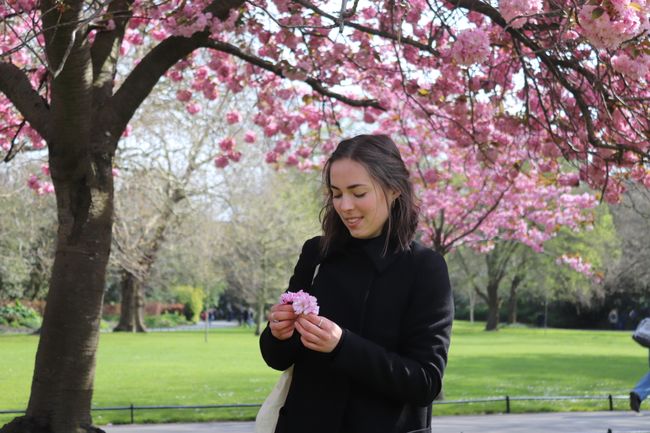The ancient East of Ireland - Myths and Impressions of the Last Weekend 🔮
Ebifulumiziddwa: 25.02.2019
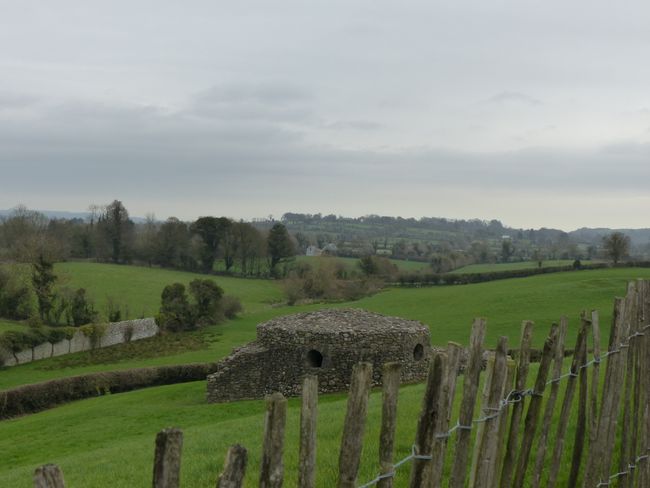
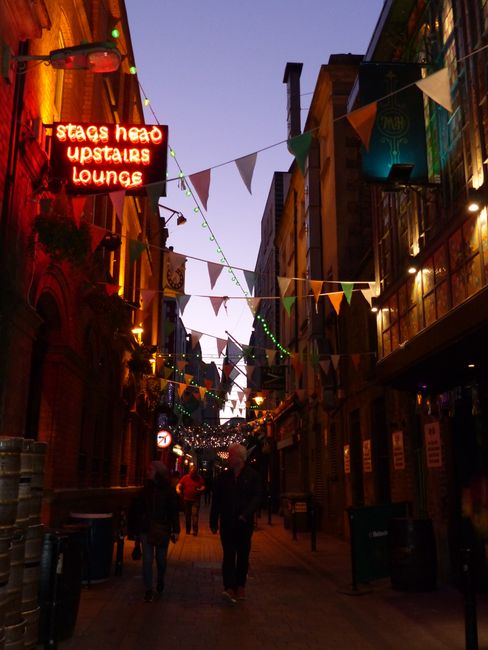
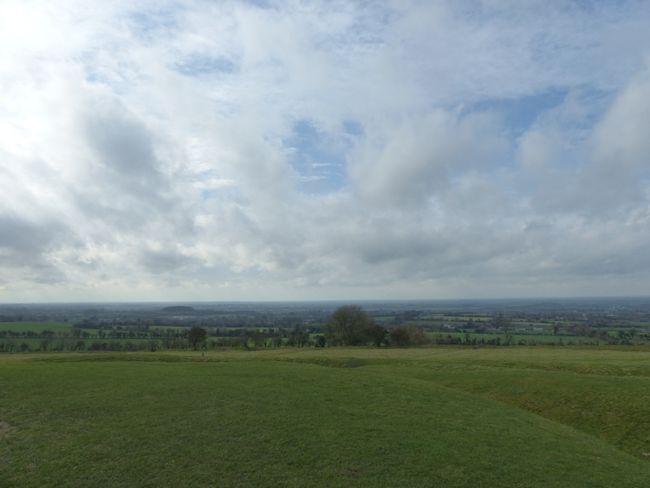
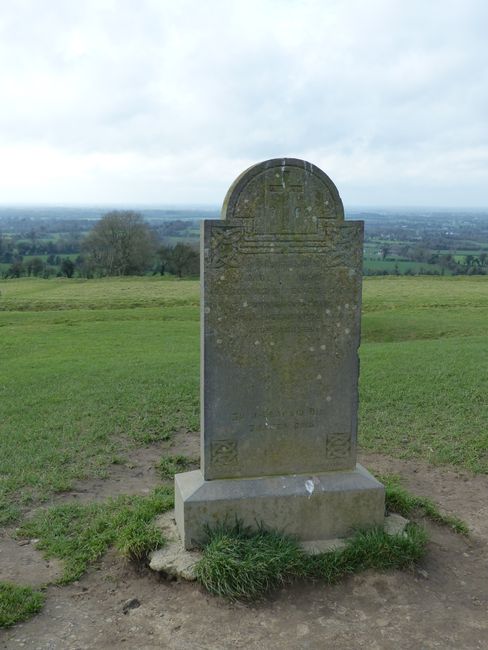
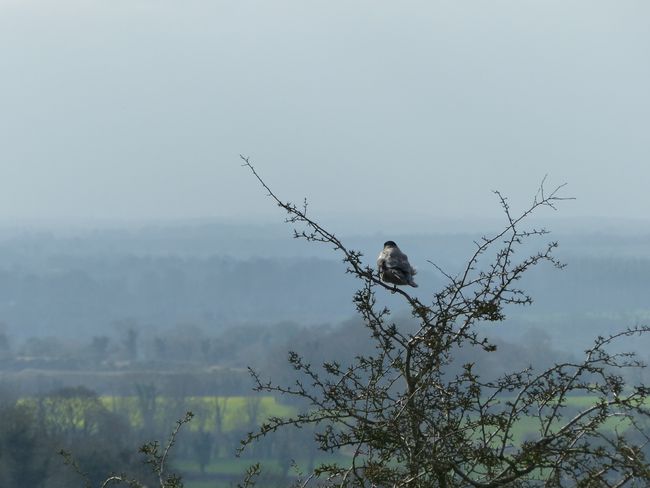
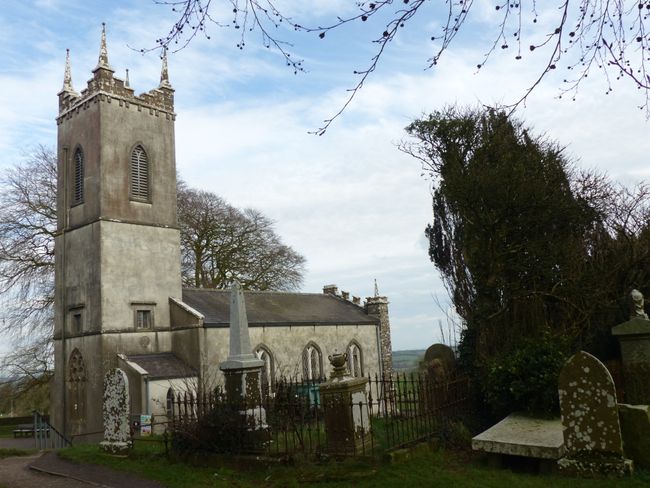
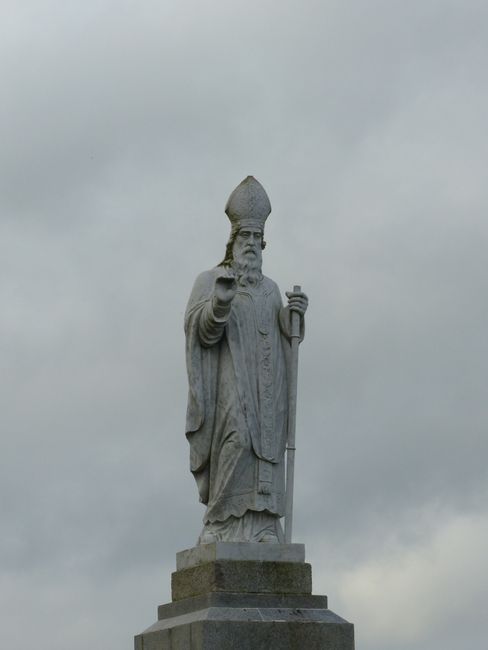
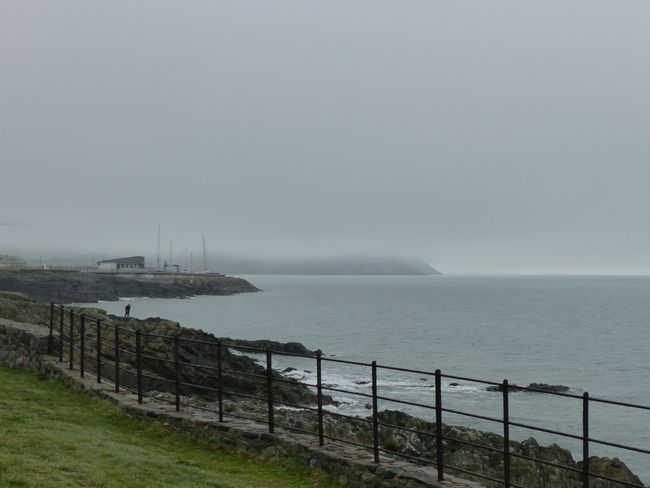
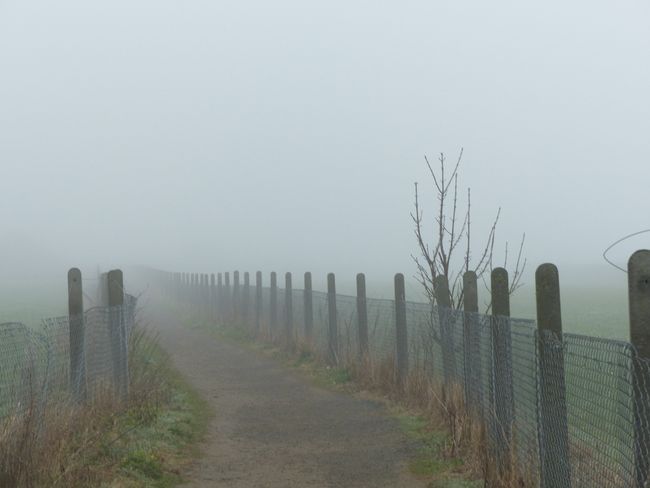
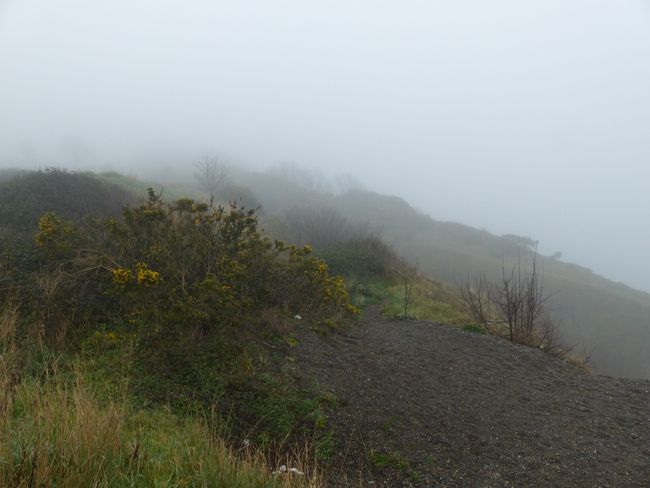
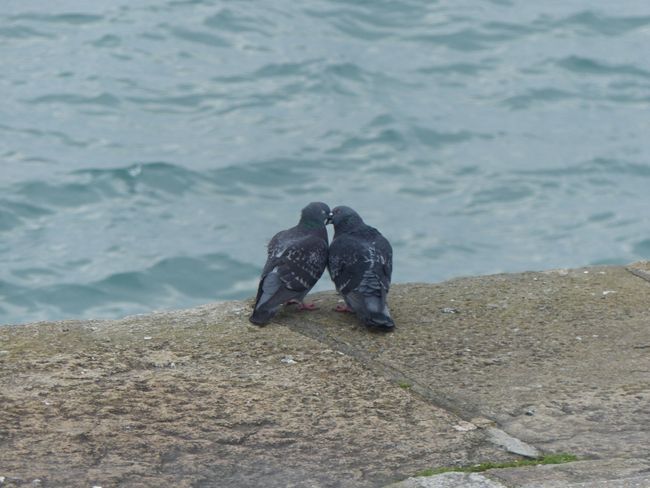
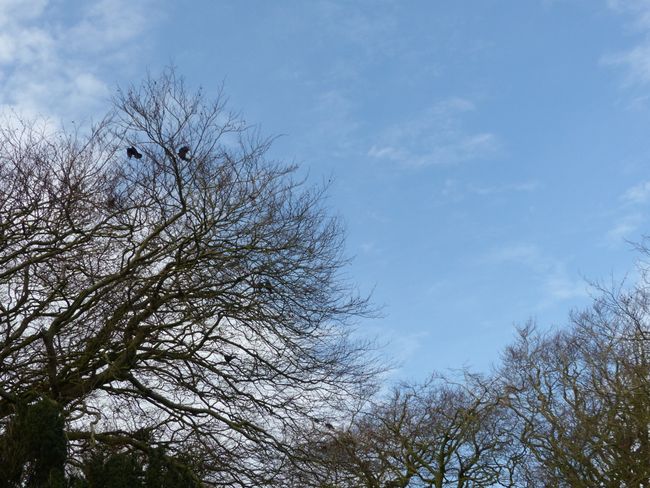
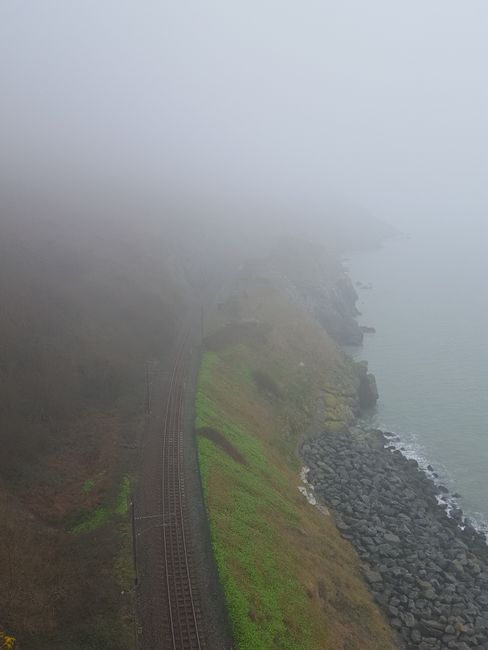
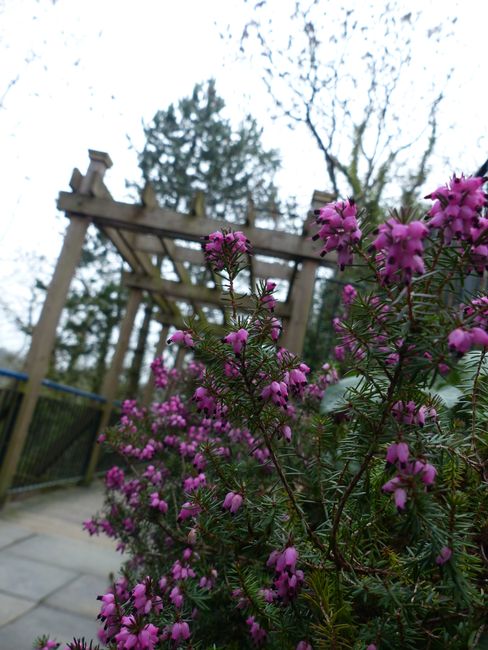
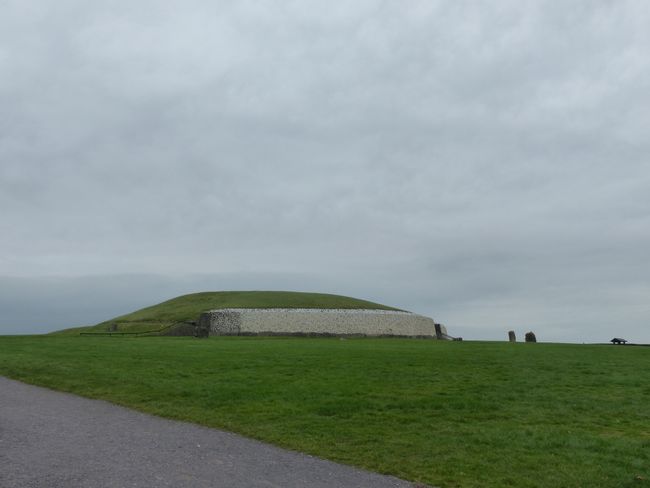
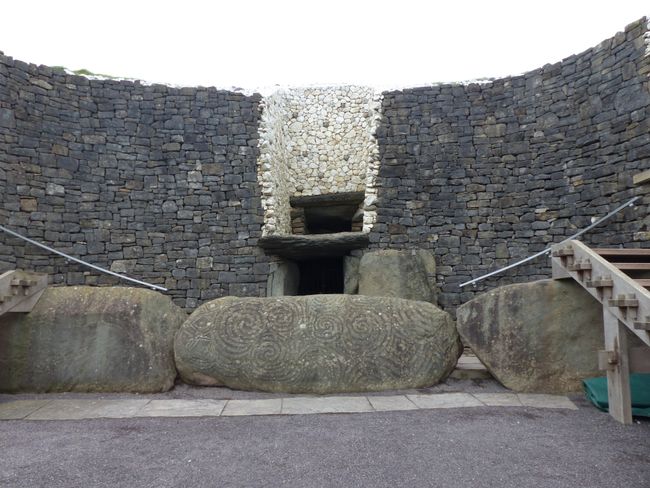
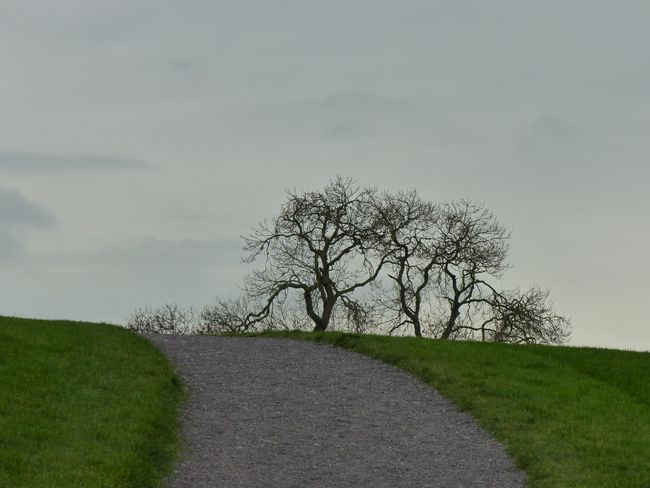
Wewandiise ku lupapula lw'amawulire
Hellooo!
In Ireland, it already feels like spring! The temperatures are usually very mild, the sun shines a lot, and to my delight, everything starts to bloom. Daffodils, narcissus, crocuses, catkins are growing wild everywhere... It really feels like Easter is just around the corner.
I spent the last three and a half days with my grandma and Jürgen. They had the opportunity to experience all seasons of Ireland within this time ;). We had booked a tour for Saturday, which was supposed to take us to the ancient East of Ireland - to the 'Boyne Valley' to visit Newgrange and Hill of Tara. Due to last-minute cancellations or the non-appearance of some people, we had a tour guide for 7 people... which was also a pleasant experience.
Newgrange is probably the most famous 'passage tomb' in Ireland, which is over 5000 years old - older than Stonehenge in England and the pyramids of Egypt. It was built over several generations, and since the life expectancy of people at that time was only 30 to 35 years, they could only hope that their grandchildren or great-grandchildren would be involved in the final completion.
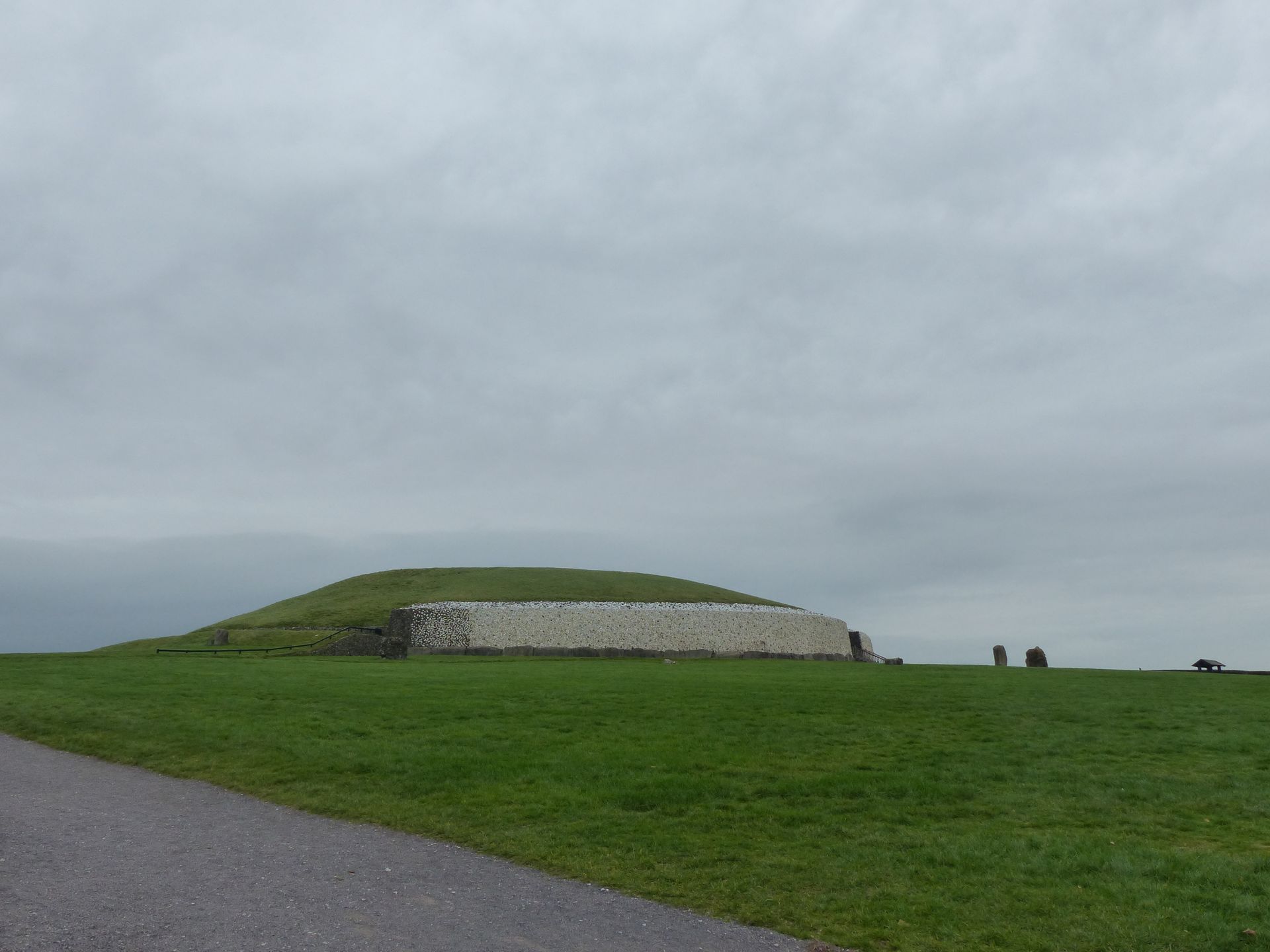
Originally, it served as a religious and spiritual temple, as well as a burial site. You enter a narrow, low passage (which probably couldn't be crossed by severely overweight or claustrophobic people) into an igloo-like chamber, which is about 6 meters high. This chamber is built like a cross with 3 niches, and in these niches, the ashes of the dead were stored in large bowls. The construction is truly impressive because even after 5000 years, the chamber is still completely waterproof and covered with about 200,000 tons of stone. There is also a window above the entrance (which was accidentally uncovered many years ago) at the same level as the floor in the chamber - this is 6 meters higher than the entrance. On the shortest days of the year, during the winter solstice, under ideal conditions, a narrow beam of light falls through the opening during the twilight, illuminating the floor of the chamber completely. This process was simulated for us, and I find it astonishing how precisely the people built back then, considering the materials they had available. Every year, thousands of people apply to witness the 'real' process on December 21st - the selection is made through a lottery.



There are many stones in front of the entrance and around the hill, engraved with symbols. For example, this stone shows the triskelion or spiral, which is a very ancient Celtic symbol and usually represents life, death, and rebirth. Sometimes it symbolizes the concept of the origin of material existence: earth, water, and sky; body, soul, and mind.
Next, we went to the Hill of Tara, which is also a very spiritual and legendary place. It is said to have been the seat of some Irish high kings, druids, and gods. Two grass-covered hills surrounded by small walls can be seen. According to legend, the 'Lia Fáil' or Stone of Fal, which is located on the hill, was the coronation stone of Tara and would shout when a true Irish or Scottish king stood or sat on it.



http://www.discoverboynevalley.ie/boyne-valley-drive/heritage-sites/hill-tara The view from above is much more beautiful :-)
We also saw a former church on an old cemetery on the grounds, which was inhabited by incredibly many crows... fitting the mystical atmosphere :-)



Statue of St. Patrick
During the bus ride, our guide told us a lot about the history of Ireland, alleged truths, and legends. Here are some examples:
1. A story about how Christianity came to Ireland
Like many other myths and legends, this one also revolves around St. Patrick. He was brought to Ireland as a prisoner from Wales at a young age to watch over sheep on a hill. He felt very lonely but found solace in his belief in God. After about 6 years, he managed to escape from Ireland - but he was called in his dreams to return for the Irish people. So he returned and lived very close to nature. He considered it his mission to convert the Irish to the Christian faith. At that time, one of the high kings ruled, and it was always his privilege to light a certain ritual fire first in the year. Shortly before he could do this, he saw the fire that St. Patrick had lit at a great distance - under divine control, it was unextinguishable and kept growing. As a consequence of this perceived insolence, the king brought him before the court, where druids were to pass judgment. While Patrick spoke, the druids could see the holy fire shining in his eyes and flames coming out of his mouth, thus proving his connection to God. The king also had to recognize this and allowed him to continue his mission and the spread of Christianity.
2. The salmon of knowledge
The story revolves around a fish that contains all knowledge and wisdom. The salmon lived in the Boyne River, next to which a magical hazelnut tree stood. All spoken words blew through its leaves, and so the tree absorbed all knowledge and stored it in its fruits - which one day fell into the river and were all eaten by this salmon. Thus, the salmon had all wisdom within it. For years, countless people unsuccessfully tried to catch the fish to eat it. Because the person who took the first bite from the fish would be imbued with wisdom. One day, an old man was lucky and caught the fish, which he then handed over to his servant to prepare the meal. The servant's name was Fionn, and according to our guide's description, he was still relatively young, very stupid, and clumsy. He wanted to test if he had fried the fish long enough by sticking his thumb into the meat. Naturally, he burned himself and instinctively stuck his thumb in his mouth. Instantly, he realized what he had done, as he had tasted the fish first and had suddenly become intelligent and wise. He didn't mention anything to his master, but his master could see the wisdom in his eyes and became very angry. However, he eventually realized that it was better for Fionn, as he still had many years to live and could use a little more intelligence.
3. Questionable stories
I honestly don't know what to make of these stories... they are definitely entertaining.
Most farming families in the countryside had cows at that time, and they lived together with the cows of other families in a herd on fenced-off land. It often happened that fences were damaged by the cattle. It was common to conduct a kind of intelligence test in the herd because it was attributed to the most intelligent cows to be responsible for any kind of herding adventure or damage. And the families to which these cows belonged had to pay for the compensation.
The next story is even more absurd.. ;) Many farmers apparently also had beehives. And if a farmer's bees 'stole' the nectar of the flowers of his neighbor, this farmer had to take care of the neighbor's bees for the next three years. Compensation also had to be paid if a lady was stung by one of his bees...
After returning to Dublin in the afternoon, I showed the two of them the most beautiful places in Dublin in my opinion, and in the process, I discovered so many beautiful places that I fell a little bit in love with this city again (my grandma could share my enthusiasm!). In a few weeks, I will write a little bit about my favorite places here :-)

Now a few impressions from the Cliffwalk from Greystones to Bray on a day when 15°C and sunshine were forecasted ;)





Have a nice day! - Hanna ❤️
Wewandiise ku lupapula lw'amawulire
Okuddamu

